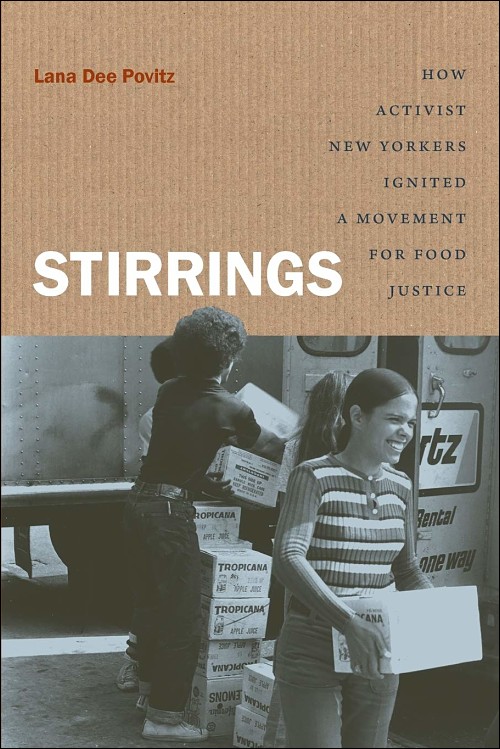Stirring up lessons for food activists
DOI:
https://doi.org/10.5304/jafscd.2021.102.042
Keywords:
Food, Activism, Movement, Hunger, NonprofitsAbstract
First paragraph:
The book Stirrings examines the anti-hunger efforts of the food movement in the latter part of the 20th century for lessons in their successes and failures, as well as relevance to the modern food movement in America. Its six chapters examine four food nonprofits’ responses to hunger and its causes in urban New York City (NYC). The diversity of these case studies allowed for multidimensional analyses and insights of how groups of people can work to challenge policy priorities and change social values that cause hunger. The context of the case studies is established in the introduction by recounting the history and politics of the awareness of hunger and poverty in America, the “land of plenty and wealth” during the 1960s, and the subsequent federal government anti-hunger and welfare programs (e.g., War on Poverty and food stamps programs). This context also includes the drastic reductions of these programs, first by the austerity budget measures of the mid-1970s and then by the rise of neoliberal government policies starting in the 1980s. This information is intended to inform the reader of the raison d’etre for the rise and diversity of food activism movement described in this book. . . .
Metrics

Downloads
Published
How to Cite
Issue
Section
Categories
License
Copyright (c) 2021 The Author

This work is licensed under a Creative Commons Attribution 4.0 International License.
The copyright to all content published in JAFSCD belongs to the author(s). It is licensed as CC BY 4.0. This license determines how you may reprint, copy, distribute, or otherwise share JAFSCD content.












